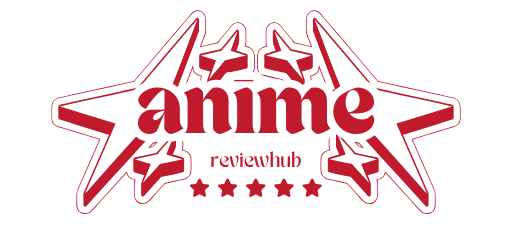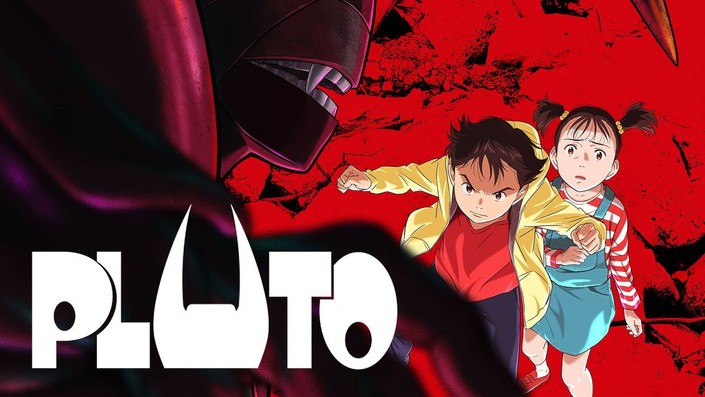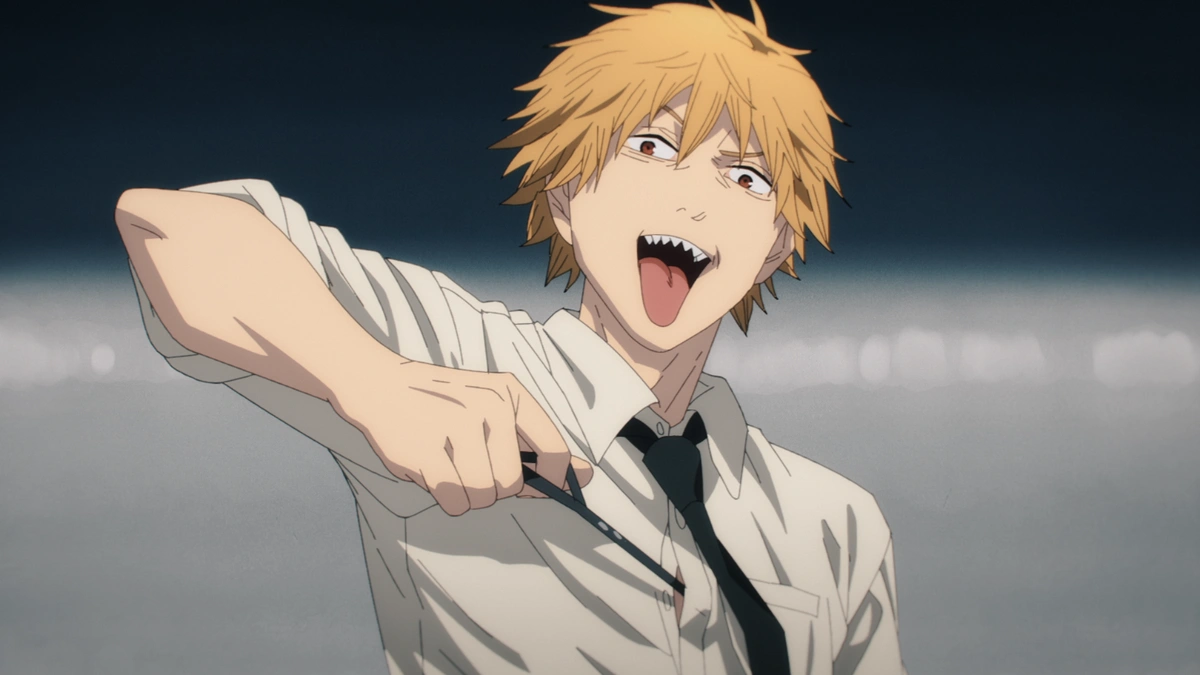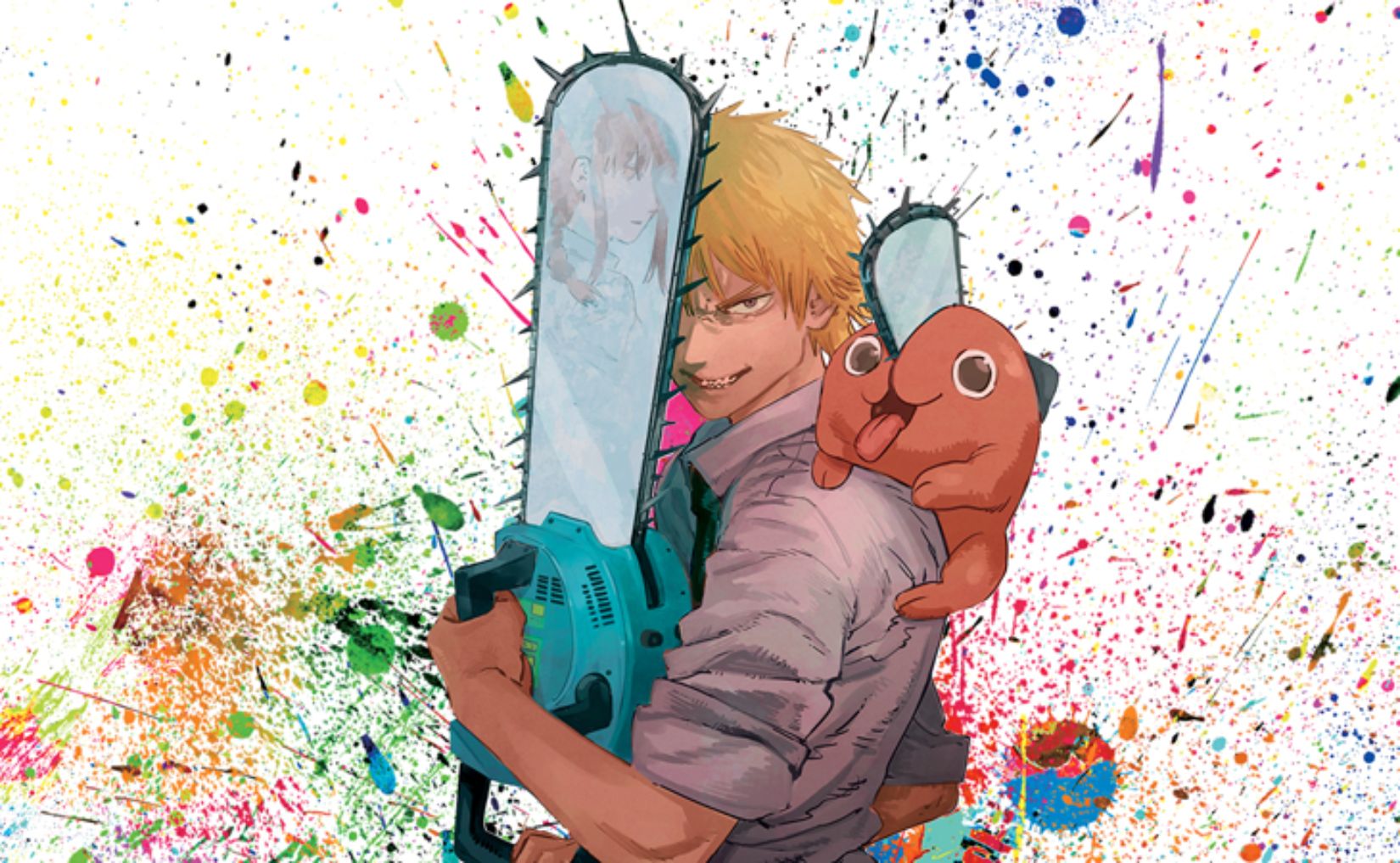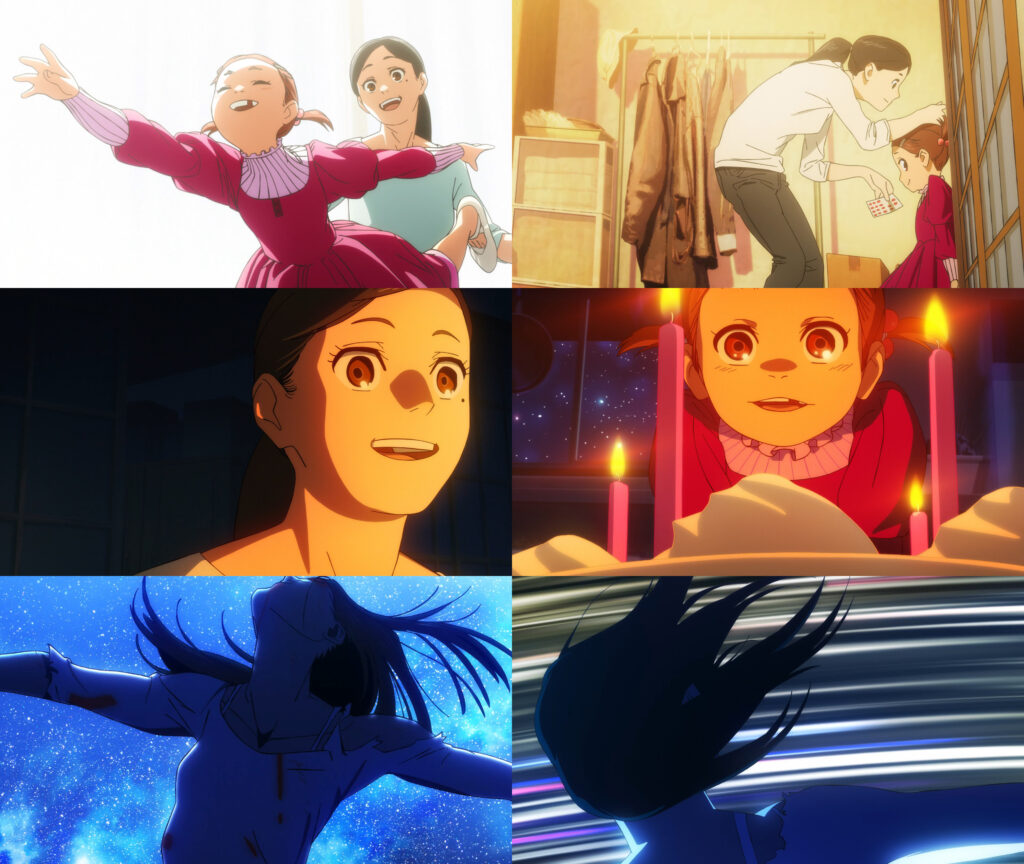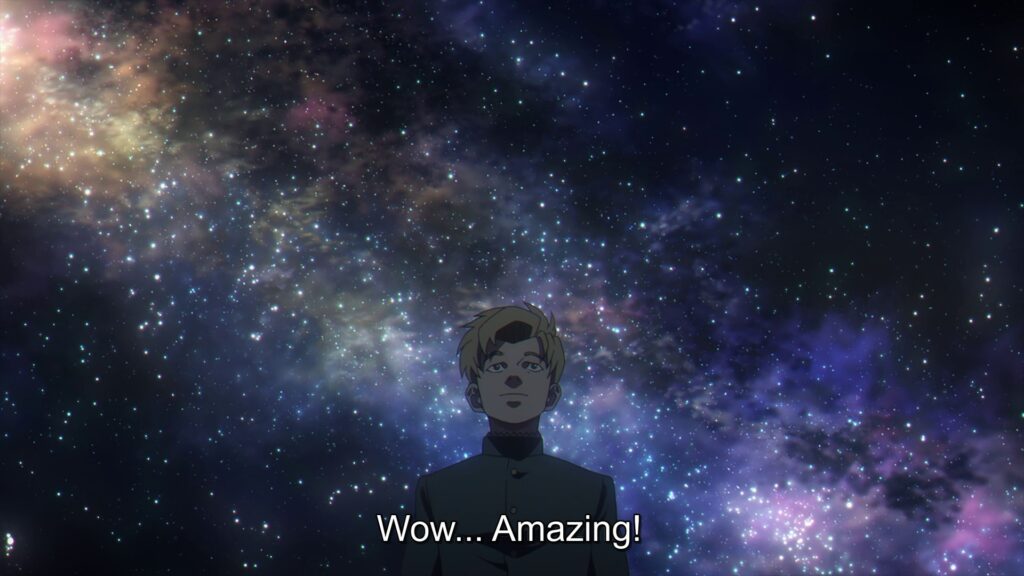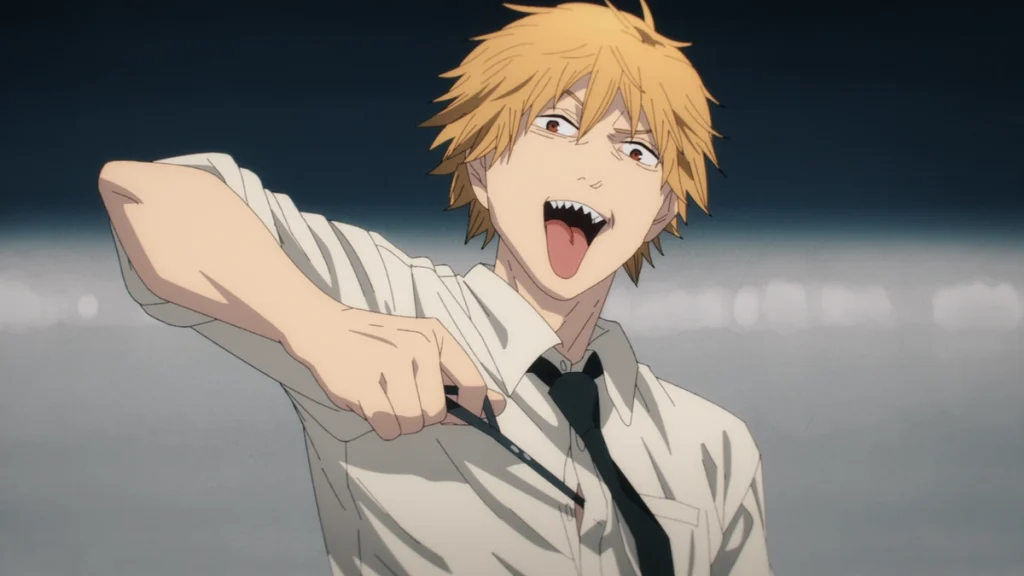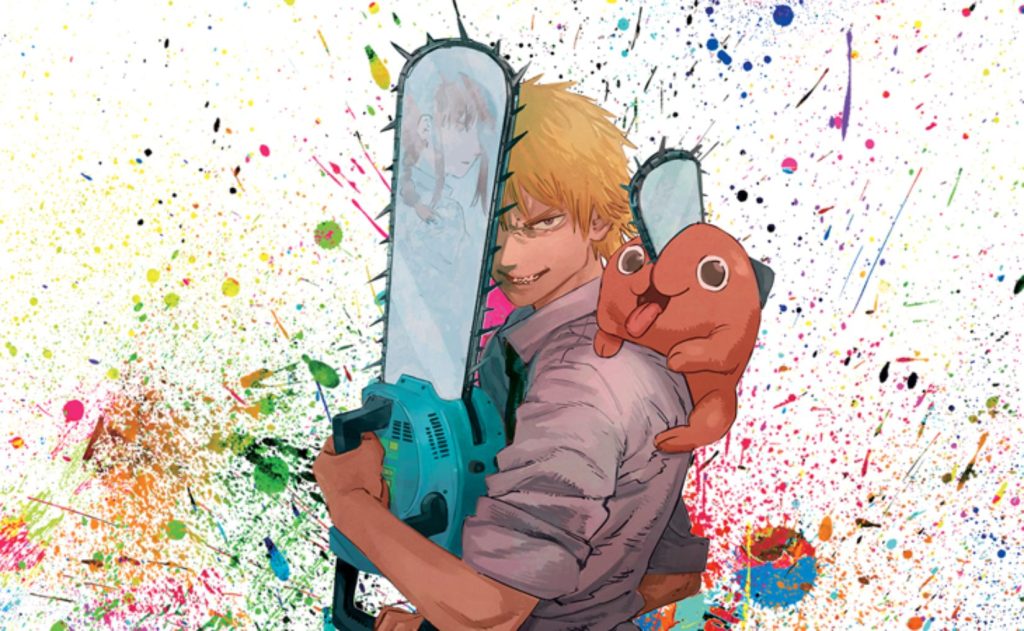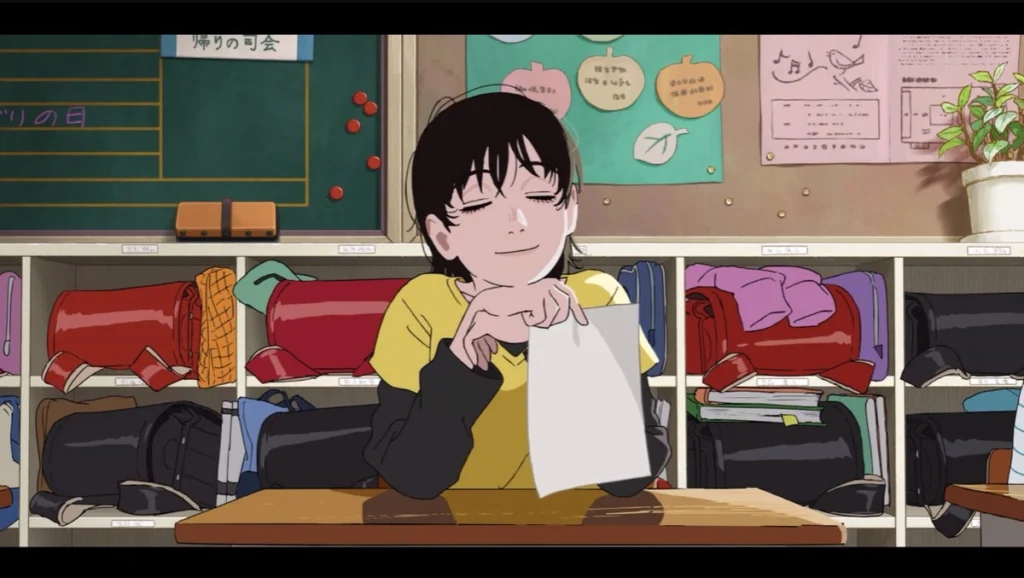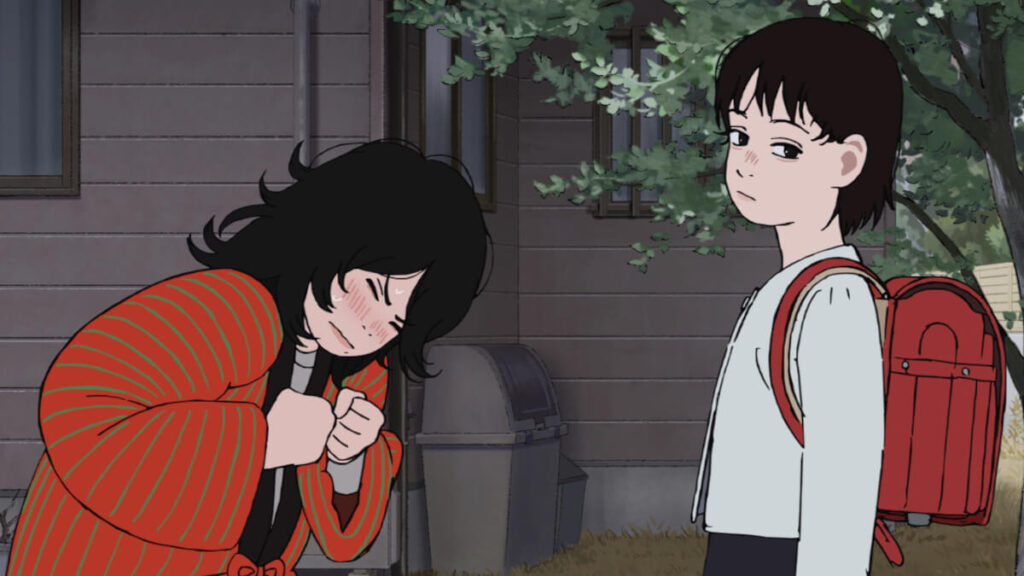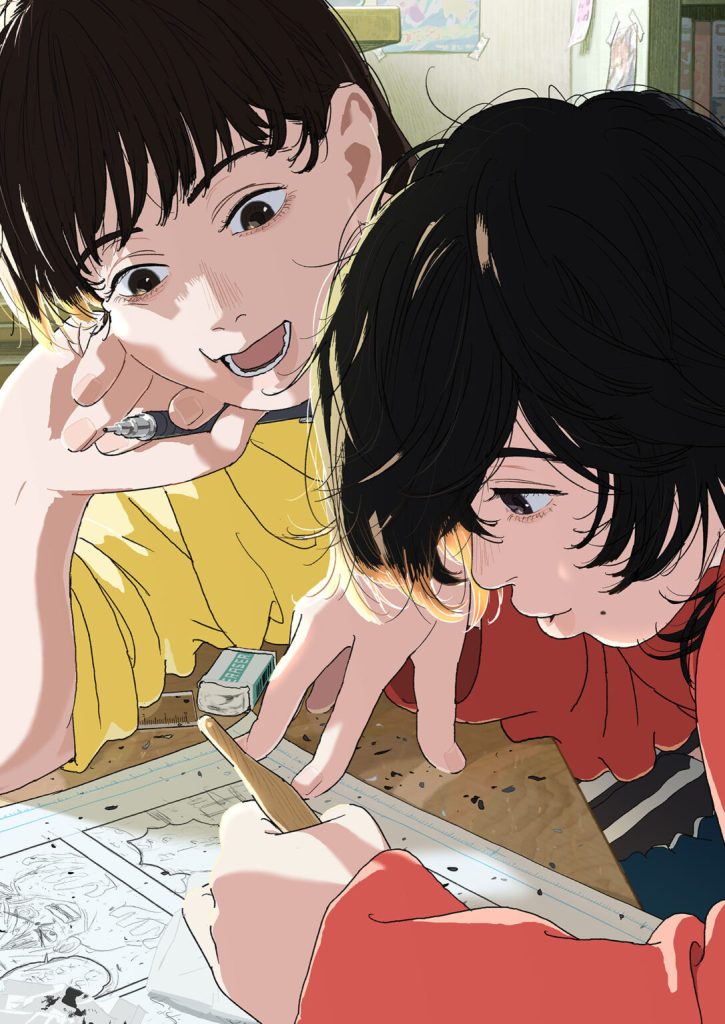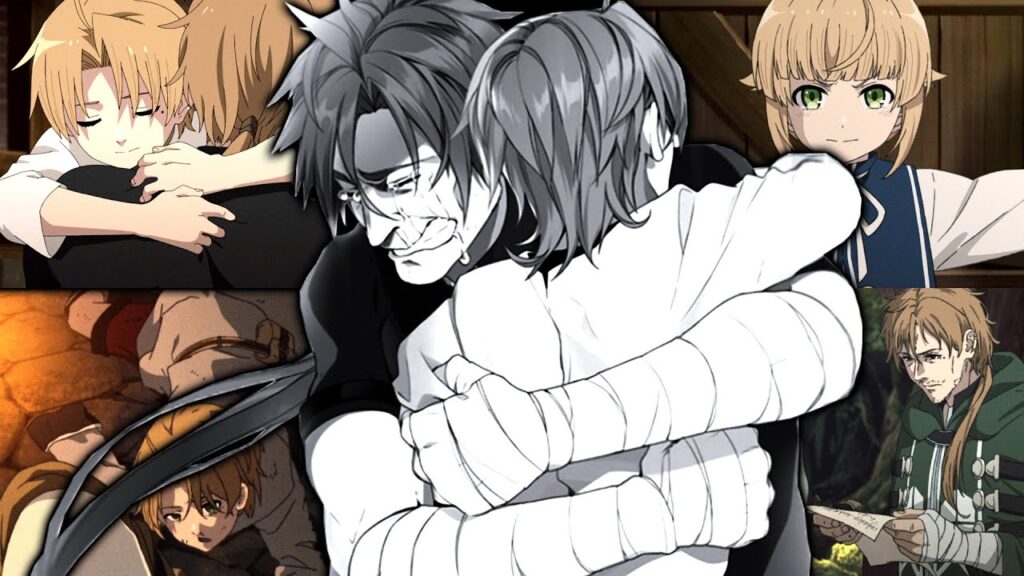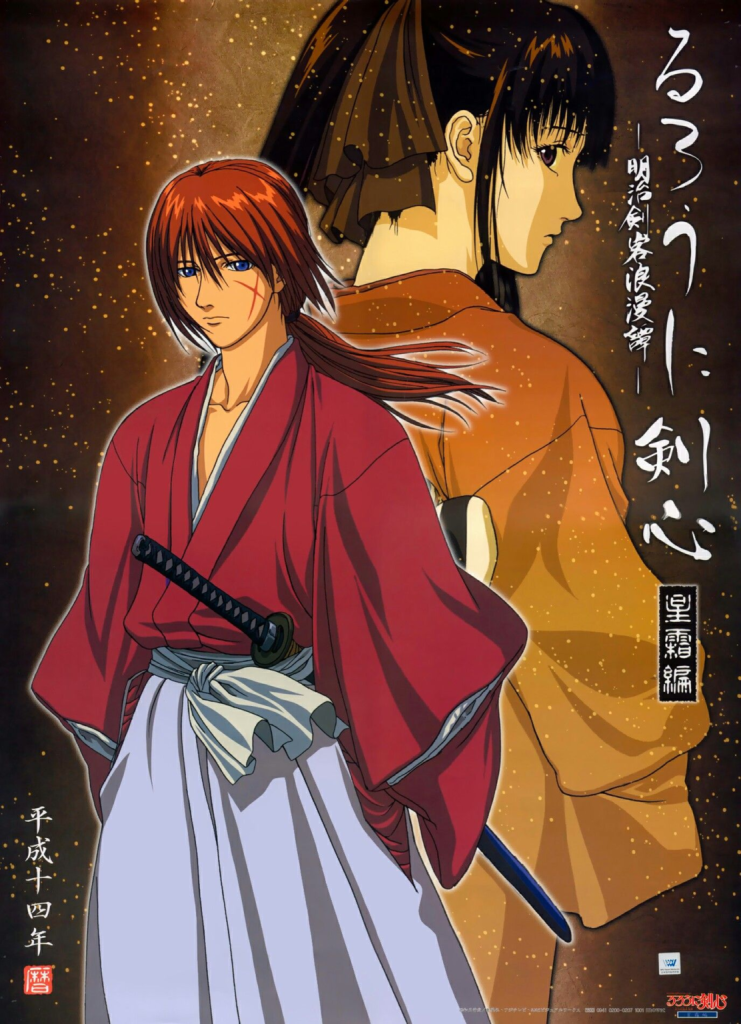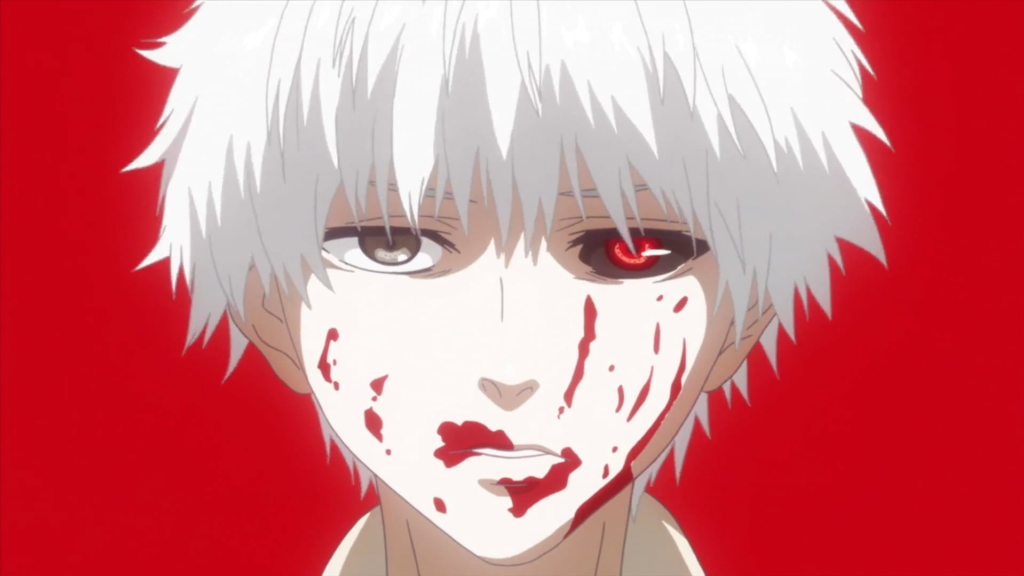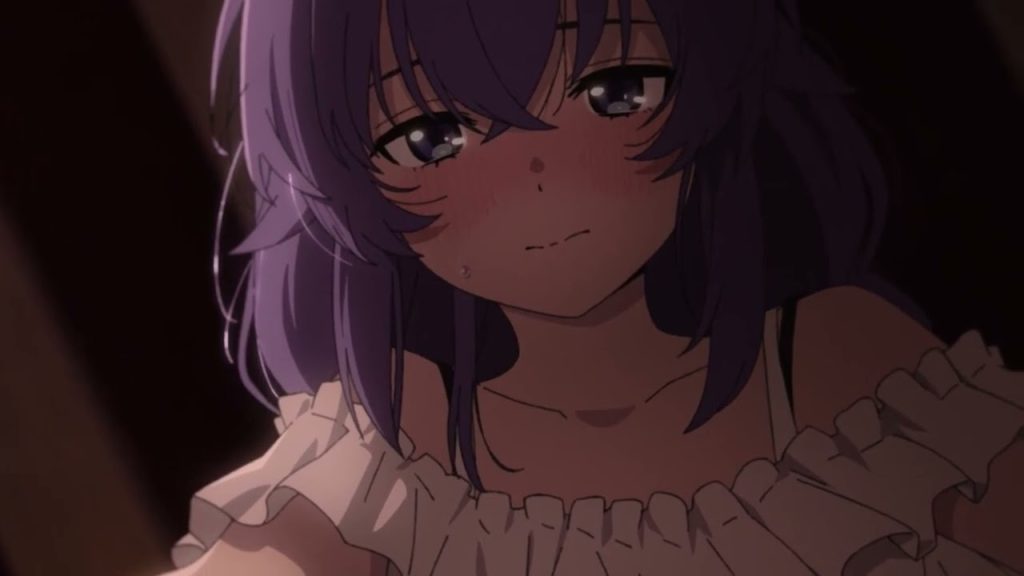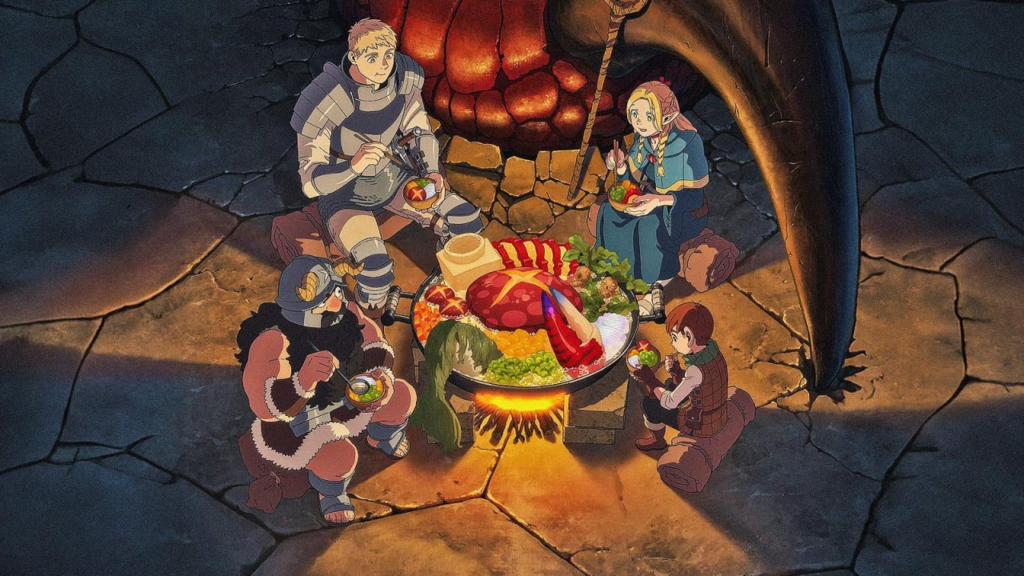In 2023, a profoundly significant work graced our screens. Inspired by Osamu Tezuka’s Astro Boy—one of the earliest and most iconic shounen manga from the post-World War II era—it was reimagined by Naoki Urasawa, a mangaka widely regarded as one of the finest in his craft. This vision was brought to life as an anime by Masao Maruyama, the legendary producer behind studios like Madhouse and MAPPA. It’s no exaggeration to call Pluto a “child” of titans. Beyond that, I see it as a symbol of generational continuity among mangaka and animators—a heartfelt effort to carry Tezuka-san’s message into the future. As Urasawa-san himself described it, this anime is like a “baton” handed to him by Tezuka-san in a relay race, entrusting him with the noble yet weighty duty of passing it on to the next generation through Pluto.
With that in mind, let’s explore how Naoki Urasawa wielded his signature storytelling and character-building techniques not only to preserve the core ideas of Astro Boy’s “The Greatest Robot on Earth” arc but to elevate them to new heights.
A Tribute Born in 2003
In 2003, Urasawa took on a pivotal project to commemorate the birth of Astro Boy. He chose the “The Greatest Robot on Earth” arc as a tribute to the man who inspired him as a child to become a manga artist. With his abundant talent, you’d think this would be a straightforward task. But if you’ve read the works of both Tezuka-san and Urasawa-san, you’d realize this was a remarkable feat—one that satisfied not just his own loyal readers but also Tezuka’s devoted fans. The reason? Their storytelling and character-building styles are strikingly different, if not outright opposites.
Tezuka-san’s works are defined by bold, intricate ideas. To make these creative and complex themes accessible to a broad audience, he opted for a simple, streamlined narrative style. This direct, no-nonsense approach, I believe, is what made him the most popular mangaka of his time in the post-war era. His stories are plot-driven, racing forward at a brisk pace, with characters designed to serve the twists and turns of the narrative. Emotions in Tezuka’s characters are expressed openly, and conflicts between them are laid bare.
Urasawa-san, on the other hand, has long been celebrated for his intricate, multi-layered storytelling. His narratives unfold slowly, giving him ample room to delve into character development—a hallmark of character-driven storytelling. His strength lies in exploring the complex inner lives of his characters, making them, in my view, the standout feature of his works.
Reimagining Astro Boy
So how did Urasawa transform Astro Boy into his own vision? The most obvious shift is his reworking of Pluto into a mystery-thriller manga. In Astro Boy, the antagonist robot Pluto bursts onto the scene openly from the start, challenging the world’s seven greatest robots in a classic “battle shounen” setup. In Pluto, however, the villain remains shrouded in shadow for the early chapters, redirecting the focus to a single character: Gesicht, a robot detective. This was a brilliant pivot by Urasawa. From a minor figure spanning just a few pages in the original arc, he turned Gesicht into a richly layered protagonist with a profound inner world—hands down my favorite character in the entire work.
Why does Urasawa favor the mystery-thriller style? I think many misunderstand what truly elevates his stories. It’s not about the detective work itself. Unlike classic mysteries fixated on “Who’s the culprit?”, Urasawa is far more intrigued by “Why are they the culprit?” The thriller elements in his works are a springboard for delving into criminal psychology and philosophical questions about human morality. That’s why I believe the real brilliance—and what leaves a lasting impression—lies in the psychological depth and philosophical undertones. Take Monster, for instance: at its core, it’s 74 chapters of Dr. Tenma chasing the antagonist Johan Liebert. Yet unraveling why evil takes root and what philosophical concept Johan embodies makes those 74 chapters utterly worthwhile.
Pluto follows a similar vein. The moment the mastermind behind the destructive robot emerges, it’s almost glaringly obvious—no real effort to conceal their identity. Once again, the mystery hinges on “Why?” and “How?” rather than “Who?”, cementing Urasawa’s storytelling as uniquely captivating within the thriller genre.
Masterful Character Craftsmanship
Another defining trait of Urasawa’s works is his character creation and development, which I’d argue reaches a masterful level. He shuns clear-cut black-and-white morality, instead painting a world of “gray ethics” with a spectrum of shades. Thanks to the depth and complexity of his characters’ inner lives, I’ve never finished one of his stories feeling negativity toward any of them. In Monster, for example, there’s Dr. Tenma’s wife—a character with utterly deplorable traits. I had every reason to despise her, yet by the end, I couldn’t; I even felt pity and sympathy for her.
In Pluto, Urasawa’s gift for character writing shines just as brightly. Even the central antagonist, once revealed, feels like a victim swept up in a cycle of vengeance. Take the side characters, too—like the short tale in the latter half of the first episode about the bond between musician Duncan and the robot North #2. It showcases Urasawa’s meticulous attention to detail, even for “peripheral” figures.
Duncan starts off as a gruff, irritable old man, stubbornly convinced that robots can’t grasp music or emotions like humans. But through gradual understanding, he and North #2 forge a soul-deep friendship. This small story carries a powerful message about the value of empathy. Only by recognizing the struggles everyone faces can we let go of prejudice, hostility, and envy. Urasawa applies this same care to each of the “seven greatest robots,” giving us their backstories, pasts, and heartfelt emotions. By the end, I was left satisfied, with no character feeling extraneous or shallowly drawn.
Revisiting Astro Boy’s Roots
Turning back to Astro Boy, though Tezuka’s original has a simpler narrative style, it’s packed with hidden intrigue. Structured like a typical battle shounen—where Atom must defeat Pluto in a one-on-one showdown—Tezuka cleverly weaves in surprising plot twists. Readers later discover that the initial roles—Atom as the hero, Pluto as the villain—were a ruse. Pluto emerges as the arc’s true hero. Throughout, we sense Pluto’s innocence, a robot forced by its creator to fight others, facing destruction if it resists. Pluto repeatedly saves Atom and shows kindness to him and his sister, proving it bears no guilt. After finishing “The Greatest Robot on Earth,” I understood Urasawa’s recollection of feeling unsatisfied as a child with its ending, yet deeply struck by its unconventional nature. Keep in mind, Astro Boy was marketed for kids back then, yet Tezuka infused it with anti-war messages through Pluto’s tragic innocence—a robot built for slaughter and ruin. This, I think, is a key trait of Tezuka’s style: embedding profound, complex messages beneath a straightforward, Disney-esque “cartoonist” veneer.
Echoes of War and Humanity
In Pluto, Urasawa clearly grasped the anti-war ethos of the original, crafting a backdrop tied to the “Central Asian War,” in which all seven great robots were involved. (The political details even evoke real-world Middle Eastern conflicts from the 1990s and 2000s.) We witness Pluto’s transformation from a robot designed to alter weather and bring life to barren deserts—a wholly benevolent purpose—into a tool of revenge, a victim of war’s vicious cycle of hatred.
Beyond capturing Pluto’s tragedy and preserving the spirit of the source material, Urasawa’s work also delivers touching stories about the value of family and bonds through the lives of the seven robots. But the most moving tale, for me, is Gesicht’s. His journey to unearth buried memories and overcome the pain, loss, and anger within him is powerfully affecting—especially by the end of episode six. I was left speechless watching that moment.
AI and the Future
Pluto arrived at a time when AI technology is surging, becoming a widespread trend. Tools like ChatGPT dazzle with their ability to generate text from vast internet data, yet they remain “narrow AI” (or “weak AI”). They excel at specific tasks but falter in others (like ChatGPT’s shaky math skills compared to its writing prowess). Researchers are chasing AGI—“artificial general intelligence,” the “holy grail” of AI—a super-intelligent system capable of handling any task with basic input, matching or surpassing human performance. When AGI emerges, it’ll force sweeping changes across society. Can we treat an AGI as human? Would deleting its programming equate to murder? Laws, ethics, and philosophy will face seismic shifts.
I find it fascinating how both Astro Boy and Pluto portray robots as the “children” of their creators. Fears of AI turning malevolent mirror parents’ worries about their kids picking up bad habits. The key is to be responsible “parents,” teaching them right from wrong and shielding them from society’s darker corners. Similarly, I believe we need clear regulations on AI input data—defining what’s good and what’s harmful—to curb undesirable learning. Ultimately, like every human invention, AI’s impact—helpful or harmful—hinges on how we control and wield it.
A Legacy Endures
It’s been six decades since Osamu Tezuka and the animators at Mushi Production launched the first long-form anime series, Astro Boy. The anime-manga industry has come a long way, evolving through countless artistic trends. It’s shed the shadow of Western animation (like Disney) from the ‘50s and ‘60s, blossoming into a global art form that now influences other animation industries and even live-action film. So, the question arises: does manga-anime still hold the core values pioneers like Tezuka-san established? I think his message was simple: create works that adults can enjoy too. Pluto stands as a stellar testament to preserving and amplifying Tezuka’s bold, deep, and complex ideas, despite shifts in style, storytelling, and visuals.
With six years spent adapting Pluto into anime—and even longer nurturing the idea and securing funding, well past retirement age—Masao Maruyama’s dedication is immeasurable. As a former disciple of Tezuka-san at Mushi Pro, he understood his role as a torchbearer and the work’s personal significance. For me, that passion inspired this article. I hope you’ll check out Pluto—don’t let a work brimming with beauty and noble messages fade into obscurity.
